10 Oct 2025
Today is a day for reliving history. To appreciate what I will visit later, I need to review what historians have learned and disclosed about the causations and events of 6 August 1945.
I have studied history for most of my life. Every opportunity, I will visit a museum or historical source in order to make history come alive and off the written page. I have toured WWI and WWII sites from The Battle of the Bulge and Argonne and throughout Normandy. I never miss a chance to broaden my knowledge and understanding about what causes Man to war against Man. Today, I will refresh my memory about Hiroshima.
What were conditions of Allied efforts in 1945?
By August of 1945, the war in Europe appeared finished. Hitler committed suicide in April of that year and the final major battle of the war ended with the Battle of Berlin on 2 May. Germany formally surrendered 8 May 1945. The US, UK and Soviet Union signed The Potsdam Agreement on 1 August. Though Germany had not yet signed a formal treaty, Axis allies did in Feb of 1947. Germany remained under allied occupation which did not end until 1990.
This was not the case in the Asian Pacific. Despite the attack on Pearl Harbor in December 1941, the U.S. Pacific Fleet slowed the Japanese advance. The Allies scored a major victory at the Battle of Midway in June 1942, and though the fighting at Guadalcanal was protracted and bloody, they secured the island.
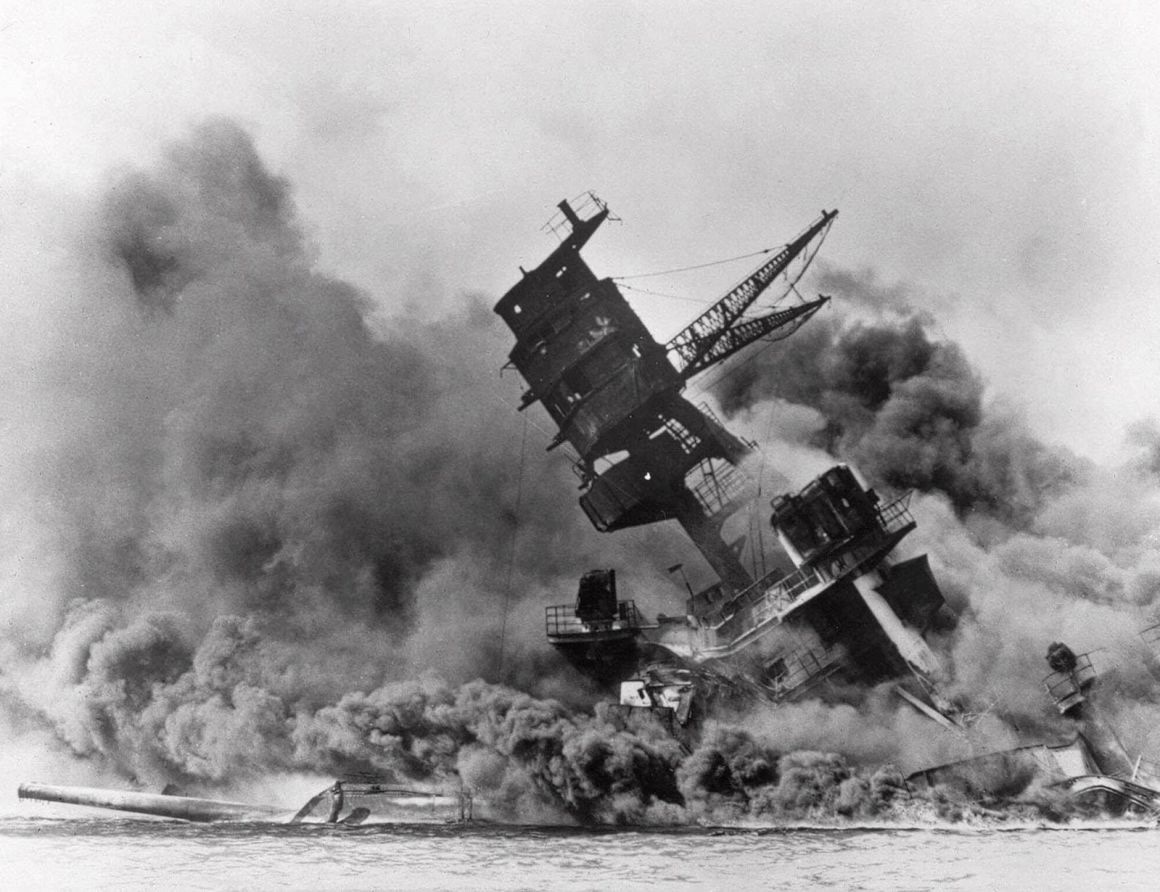
One by one, the Allies captured strategic islands, halting Japan’s expansion. They fought the battles of the Philippine Sea, Leyte Gulf, and Iwo Jima at great cost in lives, but each ended in Allied victory. The final battle, Okinawa, claimed heavy casualties on both sides, but the Allies seized the island on June 22, 1945, giving them a crucial staging point for the final assault on Japan itself.
Conditions in Japan
Meanwhile, Japan did not go untouched. Allies had been bombing the island for years. The Doolittle Raid, when US bombers first bombed Tokyo, occurred in April of 1942. In early 1945, a campaign of firebombing Japanese cities caused devastation and death upon the country. Estimates record that more than 50% of Tokyo laid in ruins. Numbers of Japanese killed in Allied air raids ranged from 250,000 to 900,000.
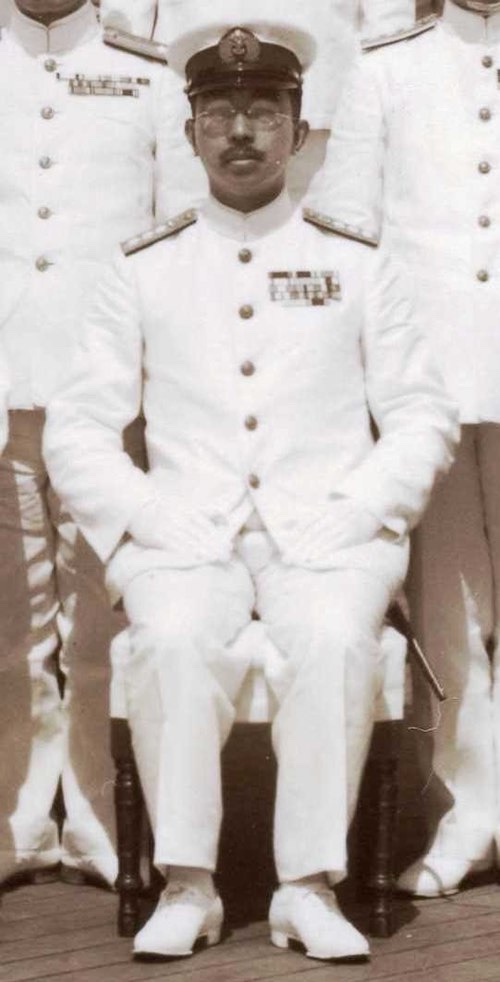
Emperor Hirohito, viewed as a divine figure and leader by his people, faced a divided leadership. The militarists, especially General Tojo, stood firmly committed to battle to the bitter end. They would never accept unconditional surrender as demanded by the US government.
Major points of contention were their desire to keep their territorial gains and preserve the imperial system. It is unknown how the suffering and traumatized citizens felt. Japan was in ruins, its military and navy depleted, and the economy crippled. Over 2.5 million Japanese had died; easily 500,000 civilians had died since the war began. However, surrender was looked upon as dishonorable. This indecision cost the Japanese dearly.
Everything began to change with the dropping of the bomb on 6 August 1945
Seeing the US drop the bomb, Stalin decided to make his own move and declared war on Japan two days later. His troops were ready and marched into Japanese-ruled Manchuria one hour later. As Russian troops invaded Manchuria on 9 August, the US dropped its second bomb on Nagasaki.
Emperor Hirohito ultimately faced reality and stepped up. He cast the deciding vote to end the war. One crucial condition was that he remain the symbolic head of state. General Tojo was not as fortunate and faced execution in 1948.
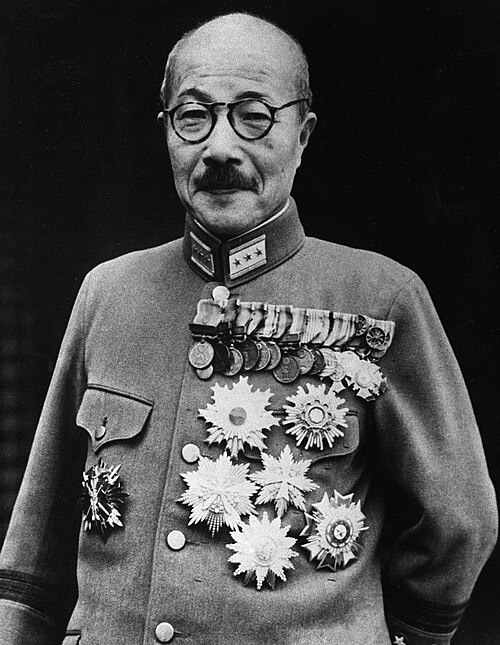
Who made the decision and why
Ultimately, President Truman decided to use the atomic bomb on a Japanese city. He has always accepted responsibility for that order. Truman aimed to end the war as quickly as possible and to prevent massive American casualties that a land invasion would have caused.
An interesting sidenote: as FDR’s Vice President, Truman had no knowledge about the Manhattan Project, the developer of the atomic bomb. Further, he never saw but only heard about the immense power of the Trinity detonation near Los Alamos.
President Truman believed he had four options: 1) continue conventional bombing of Japanese cities; 2) invade Japan; 3) demonstrate the bomb on an unpopulated island; or, 4) drop the bomb on an inhabited Japanese city.
History shows Truman chose the 4th option. Why?
Japan had suffered massive losses from Allied bombing but it was clear that conventional bombing was not effective. Japanese were fierce fighters and expected to fight even harder for their homeland. Estimated dead or wounded in a ground invasion ranged in the millions.
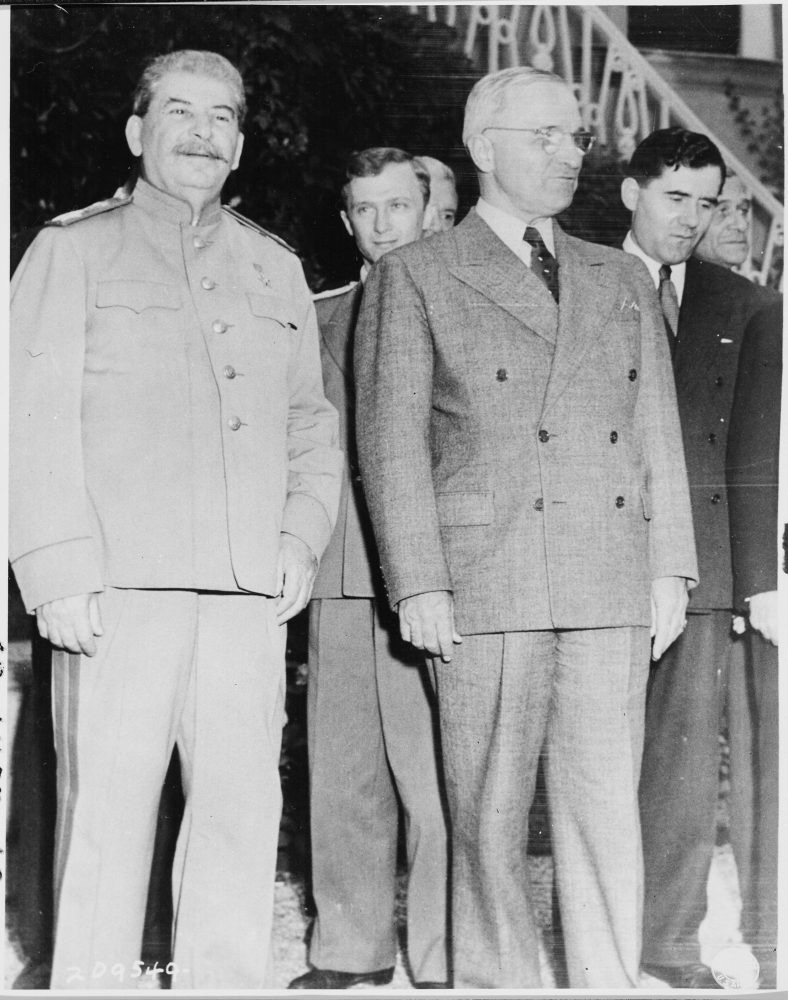
So why not an unpopulated area? US advisors did not trust that an accurate, true account would be delivered to Japan’s leadership. Would the explosive potential be glossed over by those against surrender? Also, only two bombs existed. What if?
After much debate, Truman accepted the conclusion: No isolated demonstration was likely to bring an end to the war. No acceptable alternative existed but direct military use. Only dropping the bomb on a city would make an adequate impression. No advance warning was given in order to protect the bomber crews. The decision moved forward.
How were targets chosen?
First, the site had to be a city that had not suffered conventional bombing; any damage must clearly come from this one bomb. Second, the city had to be an area of military production. Truman insisted it not be a city of cultural significance.
At 8:15am on 6 August 1945, the crew of the Enola Gay dropped the first atomic bomb over the city of Hiroshima.
I am unable to adequately describe the immediate effect of this event. But the National Park Service makes an admirable effort to do so. I will quote them:
What Happened in Japan That Day
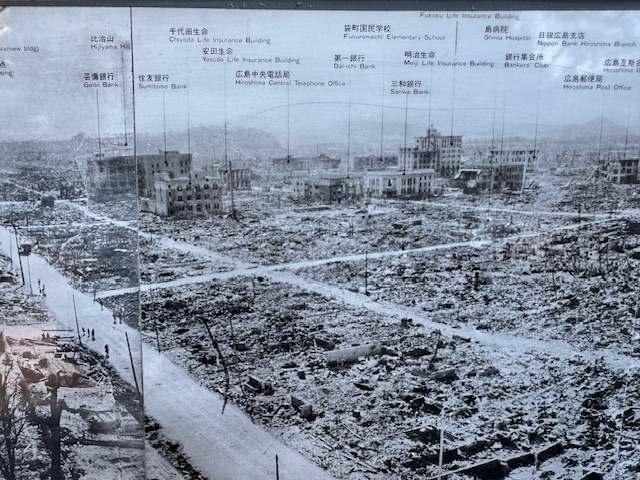
“The temperature near the blast site reached 5,400 degrees Fahrenheit. The sky seemed to explode. Birds ignited in midair; asphalt boiled. People over two miles away burst into crumbling cinders. Others with raw skin hanging in flaps around their hips leaped shrieking into waterways to escape the heat. Men without feet stumbled about on the charred stumps of their ankles. Women without jaws screamed incoherently for help. Bodies described as “boiled octopuses” littered the destroyed streets. Children, tongues swollen with thirst, pushed floating corpses aside to soothe their scalded throats with bloody river water.
One eyewitness at Hiroshima recalled, “I climbed Hikiyama Hill and looked down. I saw that Hiroshima had disappeared…. I was shocked by the sight…. Of course I saw many dreadful scenes after that — but that experience, looking down and finding nothing left of Hiroshima — was so shocking that I simply can’t express what I felt…. Hiroshima didn’t exist — that was mainly what I saw — Hiroshima just didn’t exist.”
Approximately 80,000 people were killed as a direct result of the blast, and another 35,000 were injured. At least another 60,000 would be dead by the end of the year from the effects of the atomic fallout.”
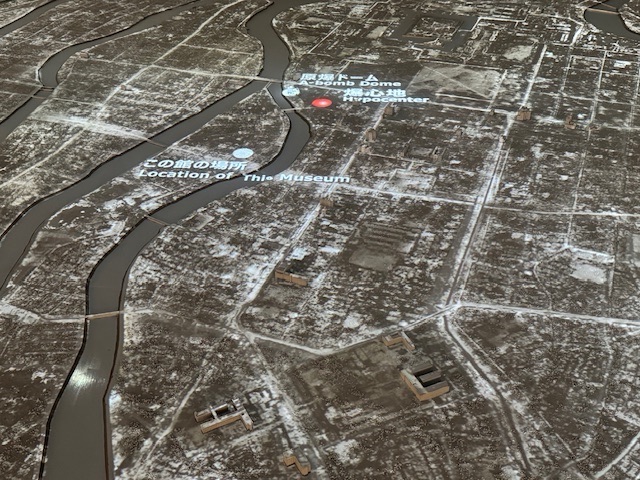
A 21-year-old American second lieutenant recalled, “When the bombs dropped and news began to circulate that [the invasion of Japan] would not, after all, take place, that we would not be obliged to run up the beaches near Tokyo assault-firing while being mortared and shelled, for all the fake manliness of our facades we cried with relief and joy. We were going to live. We were going to grow up to adulthood after all.”
So why Nagasaki? And why so soon?
Even after the devastation and loss of life in Hiroshima, Japan remained averse to unconditional surrender. The US was determined to demonstrate both to Japan and the aggressive Soviet powers, the destructive power of the bomb. Neither knew the US had but two bombs and lacked the ability to quicky produce more. There were those who wanted to see the effectiveness of this second bomb, a plutonium type rather than the uranium-235 bomb previously used.
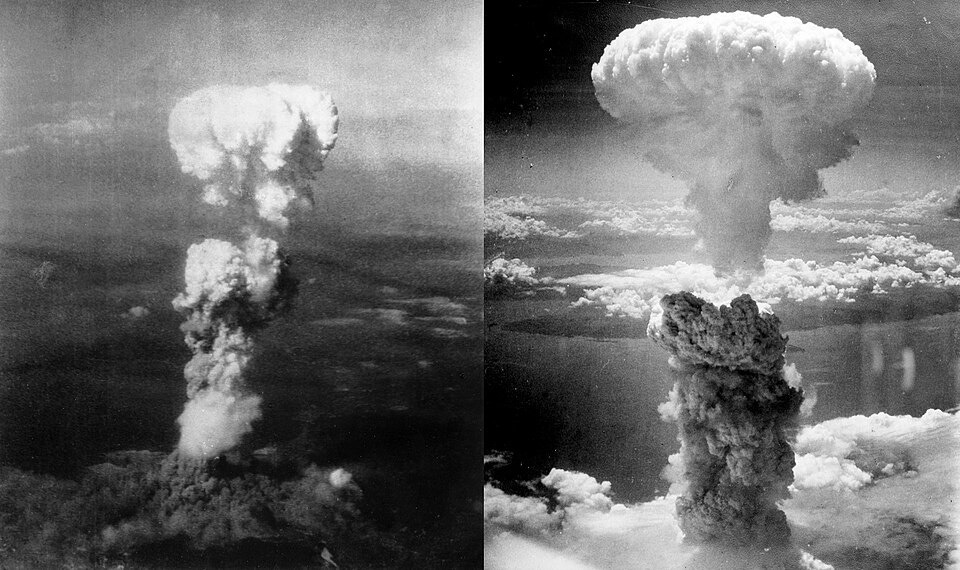
Atomic bomb mushroom clouds over Hiroshima (left) and Nagasaki (right)
Japan had not surrendered in spite of the destruction wrought by Little Boy in Hiroshima. Weather could effect any extended delay. The desire was to show the relentless power of this weapon, both to the Japanese and the Soviets. No one wanted the enemy to think the US was not willing to drop more bombs in order to quickly end the war. On 9 August, Fat Man was dropped on Nagasaki.
One week later, on 14 August 1945, after this second atomic bomb, the Japanese surrendered. The deadliest war in human history, with between 50 and 85 million fatalities, was over.
Was there regret?
It depends on who you ask. There are always doves and hawks when it comes to battle. And time tends to temper one’s judgements and opinions. However, President Truman, while always accepting full responsibility for the bombing, never apologized. No US president has ever done so. In fact, Truman said, faced with the same set of circumstances and choices, he would make the same decision.
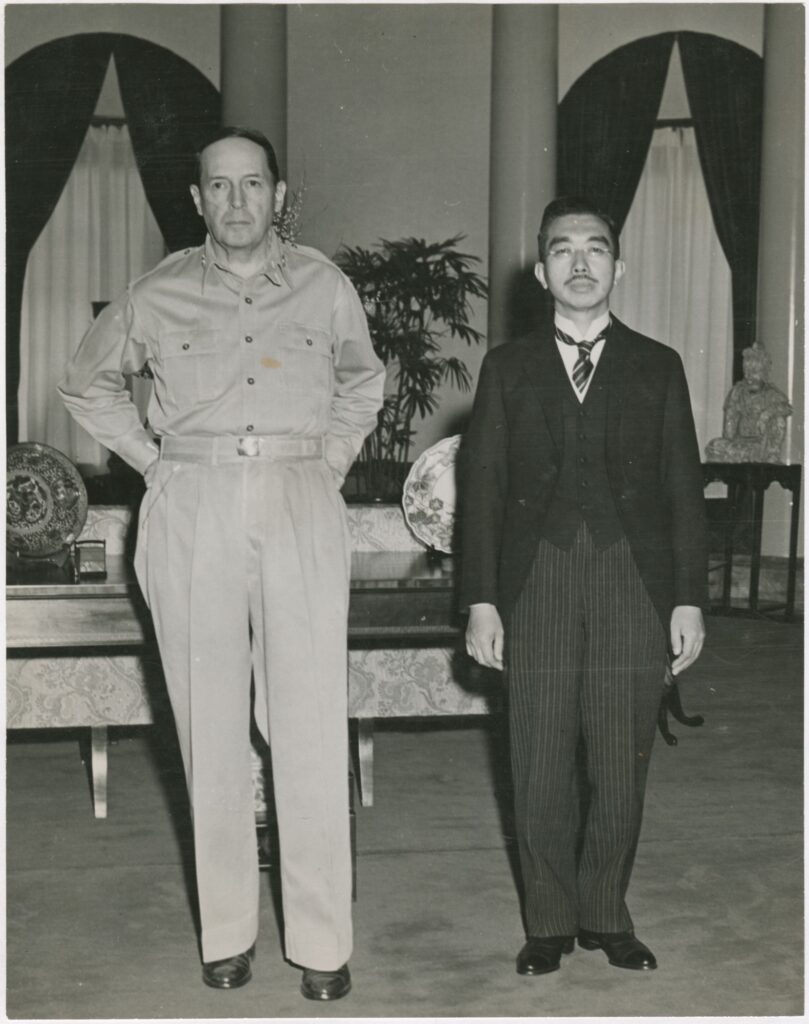
There does exist an unclassified letter dated 10 August 1945 from Maj. Gen. Groves to Army Chief of Staff George Marshall. It concerned the “next bomb of the implosion type” scheduled for delivery “on the target on the first good weather after 24 August 1945.” A handwritten note at the bottom is by Marshall: “It is not to be released over Japan without express authority from the President.”
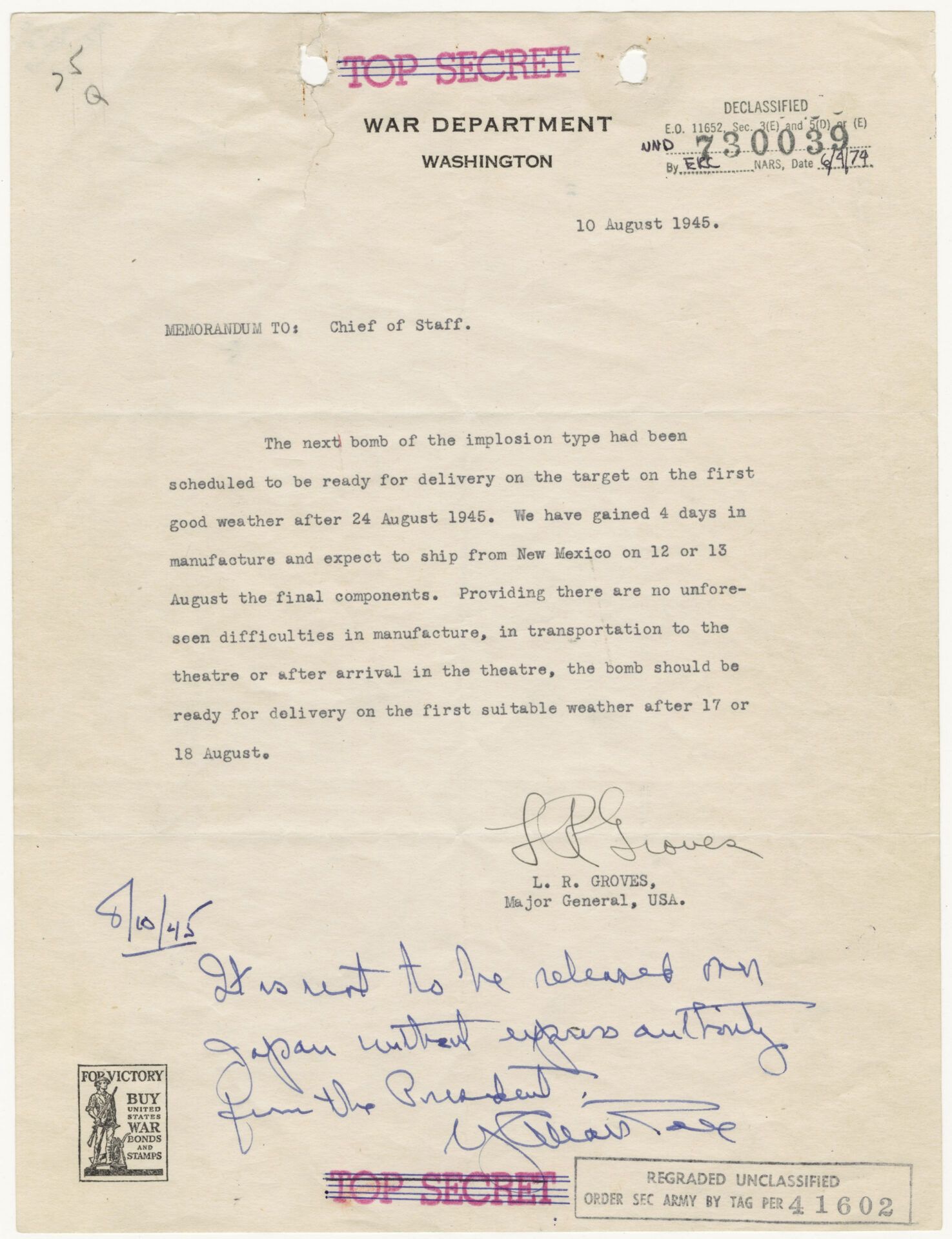
Privately, Truman expressed dual feelings about the bomb’s indiscriminate destruction and the horrifying loss of life, especially the children. He acknowledged the burden of his decision to use the bomb on a living target. He also said that he never lost sleep over it.
For some reason, I find that hard to believe.
0 Comments